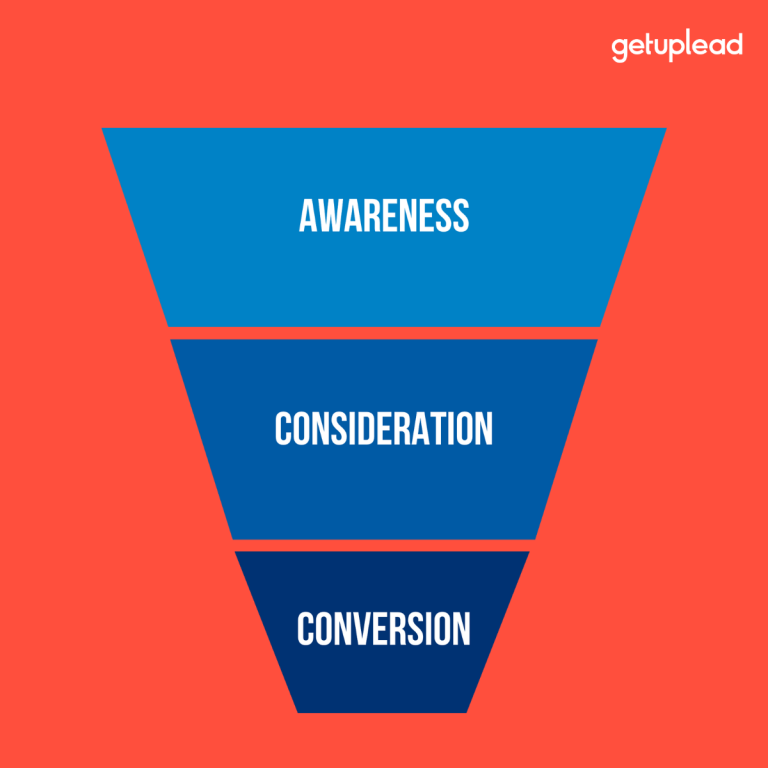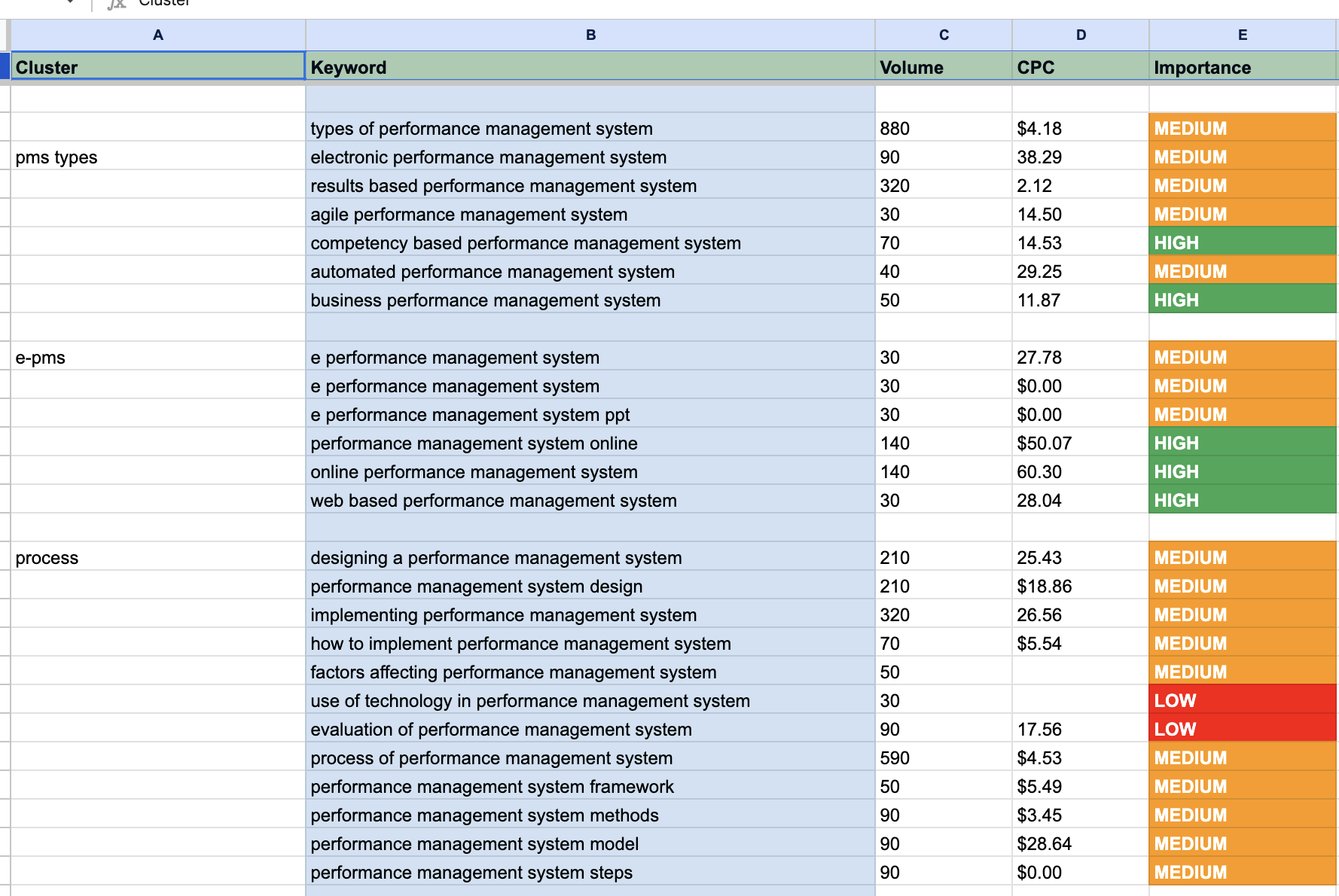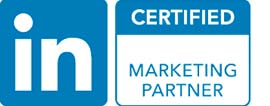SaaS (software-as-a-service) brands can jump on board Google Ads to build successful ad campaigns – with or without the help of a specialized SaaS Google Ads agency.
Whether your end goal is lead conversion or brand awareness, or anything in between, implementing pay-per-click (PPC) ads within your digital marketing strategy can see a sizable return-on-investment.
This article looks into how to create the most profitable Google Ads for your SaaS business.
Key takeaways
- Optimize Your Keyword Strategy: Focus on high-intent and middle-of-the-funnel keywords to attract users at various stages of their buying journey.
- Start with manual bidding: Start with manual bidding to control costs and ensure a well-designed landing page with a clear call-to-action to enhance conversions.
- Leverage In-Market and Remarketing Audiences: Target users actively researching products with in-market audiences and re-engage previous visitors through remarketing to improve conversion rates and brand awareness.
Case Study: How We Helped Covalo to Generate 4x More Leads With Google Ads
1 – SaaS PPC & B2C/eCommerce PPC: What’s the Difference?
While it may seem that the two have very few obvious differences, that’s not the case. On the contrary. Understanding the nuances is crucial for the outcome of your campaign.
There are four fundamental differences, which are:
1.1 – B2B PPC has a Lower Lead Volume
When working with B2C (business-to-customer) or eCommerce, the lead volumes will be larger than that of SaaS PPC (pay-per-click). This is because generally the size of the audience will be bigger, thus will generate a larger volume of leads in a set period of time. This isn’t the case for lead generation for B2B companies advertising within a set time period.
If you’re dealing with a client looking to liaise with you for a digital marketing campaign, it is important to highlight these features and make them aware of realistic expectations – whether they’re a B2B or a B2C brand.
1.2 – B2B Sales’ Cycles are Longer
Simply put, B2C/eComm sales are shorter because there are less stakeholders involved in the buying process.
With B2B, various stakeholders harness the power to influence decisions. Also, typically a B2B company will embark on a longer contract, which automatically means the sales process is longer.
1.3 – The Buying Journey is Not Linear
The SaaS buyer journey isn’t as straightforward and linear as in traditional marketing because SaaS products usually need more evaluation and comparison because they are often more complex to implement.
SaaS products can significantly change a company’s processes and organization, so it takes more time to test and evaluate different type content and allocate budgets at different stages of the buying process.
Marketers refer to these stages as the ‘funnel stages,’ which are divided into three phases: awareness, consideration, and conversion.

1.4 – Different Employees Involved in the Buying Process
This is different from B2C, where you typically have only one end consumer to convince. In B2B, especially with SaaS, the buying process involves multiple stakeholders with varying roles and concerns. Engaging with both the end user and the decision-maker is not a fast and easy process because each has different priorities and needs. The end user needs to see how the tool fits into their daily work while the decision-maker focuses on overall value and ROI. Both perspectives must be addressed differently to effectively move the sales process forward.
2 – Google Ads in SaaS Business: The Best Strategies
If you’re new to Google Ads for your SaaS ad campaign, here are some of the best strategies to implement when building your ads:
2.1 – Be Thorough with Your Industry Research
This means covering the entire industry during your research process.
It also means familiarising yourself with industry lingo/jargon and ensuring your team, plus any third-party companies you’re working with, are all on the same page regarding various terminology.
Sometimes industry definitions can appear similar or the same, but may have different meanings across different areas of the industry. An example of this would be enrollment services (payor or provider) – while they may be considered synonymous, on the contrary, the former is more technically correct for the role.
When conducting your industry research, keyword focus is crucial. It can help you find the most accurate words and phrases to help elevate your campaign, and it can ensure you’re correctly using any industry jargon. Using a keyword planner goes a long way.
I recommend grouping these keywords together to achieve a clear vision of the different topics, which will then provide better organization.

Be sure to cover all the types of keywords. For B2B SaaS there are 4 main categories:
- High Intent Terms
AKA, software category keywords, which is the category your software operates in. These keywords are high intent keywords searched by the decision-makers, the ones approving or evaluating the purchase of the software. For example:
- Workflow automation tools
- Task automation software
Pro tip: be sure to include all the variant-related words to the solution, such as “tool”, “system”, “platform”, “software”, “app”, “vendors”, “platform”, and so on.
Expert Tip: Do Competitor Ad Research. This should help with the differentiation part of your strategy. Search for your product and identify which competitors are showing up. Write them down. Now, analyze their ad copy. Finally, make a list of features and benefits that your competitors do not mention in their ad copy. Focus on those.
- Product Capability Keywords
These keywords are basically the tasks that people want to do. In general, they are the tasks that will be researched for the end users. For example:
- Send LinkedIn leads to email
- SQL data to Google Sheets
3. Middle of the Funnel Keywords
Targeting keywords higher up in the funnel can be a good strategy when the high search intent keyword and product capability are too expensive due to the competitiveness of your category.
These searches correspond to the consideration stage where your target audience knows it has a problem and is considering investing in a solution.
They may not be ready to test your product yet, or even do a demo, but they are interested enough to compare and evaluate different solutions between them. If you are in a crowded market or with a high-competition paid search landscape, consider testing these keywords.
Some content ideas that can be a good fit are the Forrester Wave Report, Comparison Guide, and the Buyer’s Guide.
Pro tip: you can also use these assets for a retargeting strategy with Display Ads
2.2 – Implement Smart Naming Conventions in Your Strategy
While this won’t actually influence or dictate your campaign’s overall performance, it will enable quick and easy navigation around your account and will allow you to instantly recognise aspects of the campaign, such as audience targeting via ad groups, etc.
Giving recognisable names to these areas will help you if you need to go in and edit any areas of the campaign in later days. Also, it helps any other account-users from your team understand where everything is.
Confused about how to go about the naming process? Here’s a good formula to follow:
[Funnel] – [Network] – [Location] – [Campaign Name] – [Match Type]
This will help you and any other account-users identify the campaign’s objective, as well as what keywords may be in place. Both of which will save much time and confusion!
When it comes to naming ad groups, be mindful that Google will alphabetise your group names, so if you are focusing on specific keywords that, for example, may require higher bidding, etc., it is wise to put a note in brackets after the specific keyword to show its status. For example, you could put (Best) after the best keyword, so that other account-users can discern the relevance of the keywords.
2.3 – Funnel Strategy Patience
We all know that the buying process/lead conversion is rarely an overnight event. Oftentimes, it can be days, weeks, or even months before the lead eventually converts. This is usually because the client will want to conduct ample research to ensure the product/service behind your brand’s campaign will be worth investing in. This means patience is required.
This can be frustrating, but there are ways of monitoring where the lead is at any time within the sales funnel. The best ways of seeing this data is via:
- Google Ads attribution time lag report
- Google Analytics in Conversions
- Multi-channel funnels
- Time lag reports
A large portion of PPC success for B2B SaaS advertisers is being aware of the funnel and keeping it deployed within the structure of a campaign. It is a fundamental part of understanding our leads and when (and if) they choose to convert. It also helps us understand the buying journey from our audience’s perspective, which can be invaluable for future campaigns.
You can also use Google Analytics or Google Ads to create campaigns for audiences in the middle of the funnel to help guide them to the end of their buying journey. These are called “middle of funnel” campaigns.
This is why having a strong understanding of the funnel is crucial for conversion success.
Other benefits include:
- Highlighting leads who have interacted with your brand online before (but haven’t converted) and who are familiar with you and may convert via a campaign.
- You can (and should) assign a higher budget to garner as much conversion success as possible.
- You can use a current campaign as a “middle of funnel” campaign and just alter the text where it is needed to ensure it’s more focused on that particular audience.
- You have the freedom to increase keyword bids to optimise their success.
2.4 – Observe Your Campaigns by Adding Audiences
This is where “in-market audiences” come in handy.
In-market audiences allow you to reach out to potential leads who are in the research phase of their buying journey and who are comparing and contrasting particular products or services across any Google-owned platforms (this include YouTube).
In-market audiences will help you drive conversions because they help you to connect with a buyer at the near-end of their buying journey.
If your campaign is a “Search” campaign, you can include in-market audiences as either an observation or a targeting setting.
If you’re wondering what in-market audiences to include, we suggest that you use all of them. This is because their shared common interests and conversion history create data that is extremely influential for specific lead conversion at a specific level of the funnel.
This data can be provided by Google Analytics – but you will need to ensure this feature is turned on.
2.5 – Targeting Intent Segments + In-Market
In-market segments provide the opportunity to display your ads to audiences who are considered “in the market”. This means they have been conducting their research and are getting close to making a final purchase. This data is compiled via Google’s algorithm, which is extremely accurate in discerning buyers’ journeys.
Also, if you use Google’s custom intent, the platform can accurately discern traffic in a similar manner to that of in-market audience data, otherwise known as “custom intent audiences”. But unlike in-market audiences, you get more control over who sees your ads because you can alert Google to show them to audiences based on specific actions. This feature is also based on your keywords research.
The purpose behind these two audience targeting methods is to heighten your conversion rate. Although you will be paying a higher click-through-rate (CTR), this is still a profitable option, as it means you will draw in more conversion-ready audiences, as opposed to audiences who aren’t sure they’re ready to convert.
2.6 – Start with a Manual Bidding Strategy
Google Ads offers more than one way to control your bids, as well as adjusting them once your campaign has gone live. Some of these options are automated, but in the initial stages of your campaign, it is wise to stick with manual bidding. This is because you may find the traffic you generate is irrelevant and the CTR is low.
Once your campaign has taken off and has started to receive your target conversion rate, then you can look at going auto with your bidding. But in the preliminary stages, it is best to stay manual.
If you’re considering adjusting your bids, you will need to regularly monitor your keyword dimensions, including audience, device, gender, location, time of day, day of week, age, and household income.
If you wish to experiment with automated bidding, do so on a test or “dummy” campaign. This allows you to monitor success without losing profit or harming your business.
Expert Tip: Since most B2B buyers won’t book a demo or start a free trial on their mobile, you should check the data from mobile clicks. Most of the time these conversions are far from being as qualified as the ones driven by desktop. Consider advertising on desktop only if you have a tight budget. Go to devices and decrease of 100% the bid adjustment for mobiles.
Case Study: How We Boosted Beakon Leads by 9x Using PPC
2.7 – Landing Page Design
The quality of your landing page paints a very important picture of your brand to your audience, so make sure yours is top-notch. Poorly designed or difficult to navigate landing pages are extremely off-putting and will have a devastating effect on your conversion success.
Campaigns will (or should) enable your brand’s landing page to feature well in Google’s search engine results page (SERPs), so once you’ve gone through the trouble of building your campaign and actually getting your audience to stop by, you then want to make sure they stay and convert. A badly-designed landing page will not accomplish this.
Anything such as slow loading, errors, low-quality text and images, etc., is very off-putting and will not inspire much confidence within the service or product you’re trying to sell.
Your landing page should include clear, concise, simple instructions/information, and a prominent call-to-action (CTA). Always think quality over quantity.
2.8 – Competitors Brand Keywords
One of the biggest challenges with advertising via Google Ads is keyword competitors.
This is a controversial tactic that can burn a lot of money when it isn’t done with proper preparation. However, bidding on competitors is a winning strategy when you have the right approach. It can generate attention to your brand when users aren’t looking for it in the first place and hijack the traffic of your competitors.
- Not all competitors will be profitable for these campaigns, so you may need to test various brands to find the most effective keywords.
- If your brand is not yet established, this can be a good opportunity to capture users searching for your competitors.
- Create specific landing pages that compare your product to competitors and highlight the advantages of your offering.
2.9 – B2B Remarketing Campaigns
Many B2B marketers are failing to take advantage of the power that is held within remarketing campaigns. But if they were, they would understand its numerous benefits:
- You can target them with similar campaigns and rework the content to suit them in this stage of their buying journey.
- Even if conversion isn’t the objective of your campaign, B2B remarketing campaigns are an excellent strategy for building brand awareness.
- It’s inexpensive, because the CTR is lower. This is because the user has already been flagged by Google data-pulling as someone potentially engaging, therefore your campaign is less competitive, which results in a cheaper cost of clicks.
Conclusion
Marketing via Google Ads for SaaS can be extremely lucrative, providing you’re hot on your research (both industry and audience), regularly monitoring your metrics, and taking full advantage of everything Google has to offer to help you generate campaign success.
If you’d like to learn more about how we help B2B SaaS and Tech companies grow their MRR through LinkedIn advertising, contact us online or send us an email today at info@getuplead.com to speak with someone on our team.
You might also be interested:






